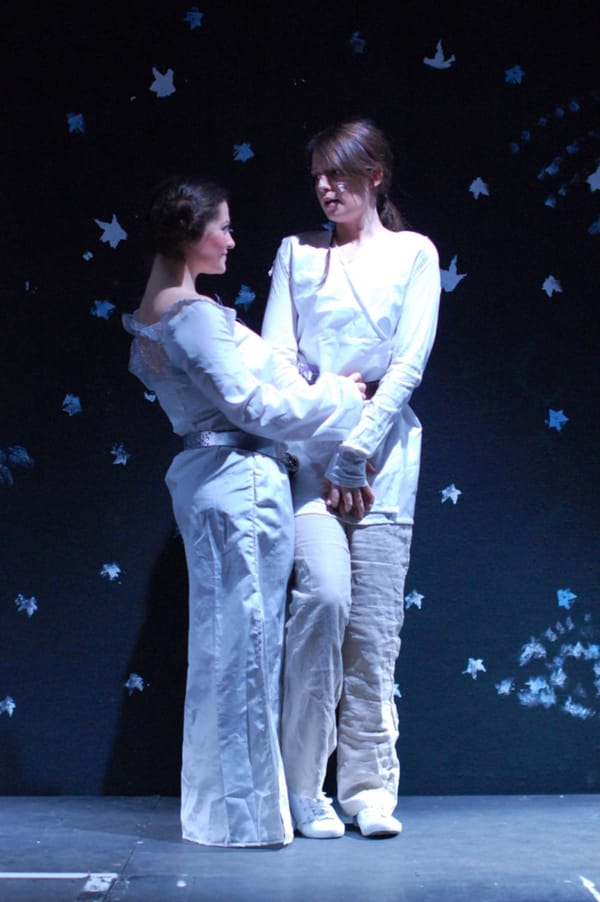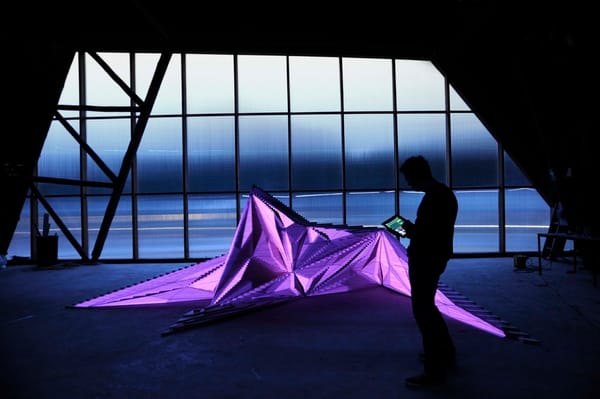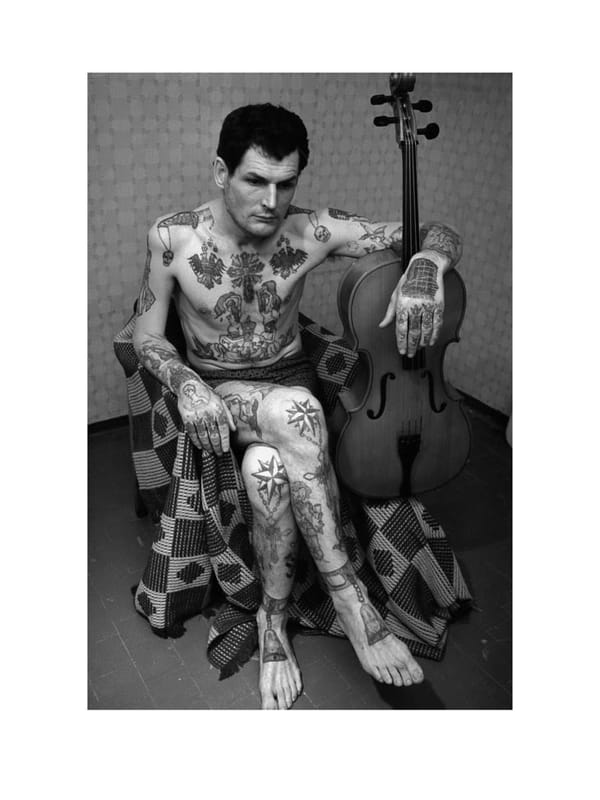Waterboarding
Lauren Radcliffe interrogates an artist

Erika Craig is one of many upcoming artists in our generation. She began her career in California where she received her BA. During this time she also studied in an inspirational and architecturally rich city, Paris.
Erika has a style that you cannot help but admire. Both her technical skill and her creative ability to take different perspectiveson reality have the power to take ones breath away. Her underwater paintings capture the essence of the unpredictable and the surreal nature with which water can play with and distort the body.
It was a great privilege to interview her and I jumped at the chance to ask her more about her life as an artist and about the journey that led her to where she is now. Although this is a brief insight into the life of the artist Erika Craig, I hope that after reading, you are inspired to go and do some art yourself.
Personally, learning about Erika’s working method and her struggle has driven me to do more of the painting which I love and which I sometimes find difficult to practice alongside my degree.
Lauren: What was it like to study in Paris?
Erika: It was wonderful, being surrounding by old architecture, I’m not used to that in America; we went to museums, studied statues. Often we would do sketching in the gardens and then go back to the studio to continue painting.
L: Was there anything in particular that helped develop your artistic style during your studies?
E: I took a figure painting class. Having a time limit made me freer with my drawing, I usually spend a lot of time on portraits but the 30 second pose restriction drew on my impulses and gave me confidence.
L: Who is your favourite artist(s)?
E: I’m inspired by the romanticism movement and renaissance styles and I love surrealism and dream-like scenes.
L: What were the major turning points in your career as an artist?
E: In high school I started getting a pain in my hands and found it increasingly more difficult to use them. I had surgery and it was difficult not being able to do things that I wanted to do, especially art, writing and drawing which are such a major part of my life. After I recovered it gave me a renewed sense of appreciation for art.
L: Were there particular people who influenced you and your art?
E: The painting teacher I had was also my surfing instructor. The school was only 10 minutes from the beach so we had surfing classes. I found it interesting how painting underwater scenes made me pay more attention to the falling and flowing water, it gave me a kind of hyper-sense watching reflections. I feel that nature and art naturally go together.
L: Can you describe to me the process of how you begin a painting?
E: First I build a canvas, stretch the canvas over it and then coat it with a primer. I use a projector as my pieces are large and it is difficult on that scale to get the proportions right using free hand. I trace the outlines and then I like to paint a base coat of acrylic. I use sepia tones and neutral colours. It’s nicer to paint with a base coat than on the bare canvas. Then I move around the painting focusing on different parts, usually starting with the darker areas. I paint the basic shapes and from then on it’s really just intuitive. I enjoy painting the face the most so I usually start with that. I found, from experience, that it is better to work on the canvas as a whole rather than doing the portrait and then the reflections afterwards as you can maintain a constant colour palate and keep the same colour theme throughout the piece. Otherwise you have to mix up the colours again and you can never get the same tone twice.
L: Where do you go from there?
E: Every painting I do is a struggle, at a certain stage it just looks like an ugly mess. But eventually I figure it out. Each painting is like a journey rather than a method. If you think about it too much it doesn’t work. My biggest fear is starting on a blank white canvas and not knowing what to do, focussing on tiny details and getting caught up in the specifics rather than the painting as a whole. My advice when painting is to just go for it, and come back to the details later, only then does it really come to life.
L: Does art express you as a person?
E: Yeah, I think so; even if I don’t try it expresses parts of me. I look back at things and see the same themes. The positions of the figures and the type of mood conveyed reflects how I was feeling at the time.








